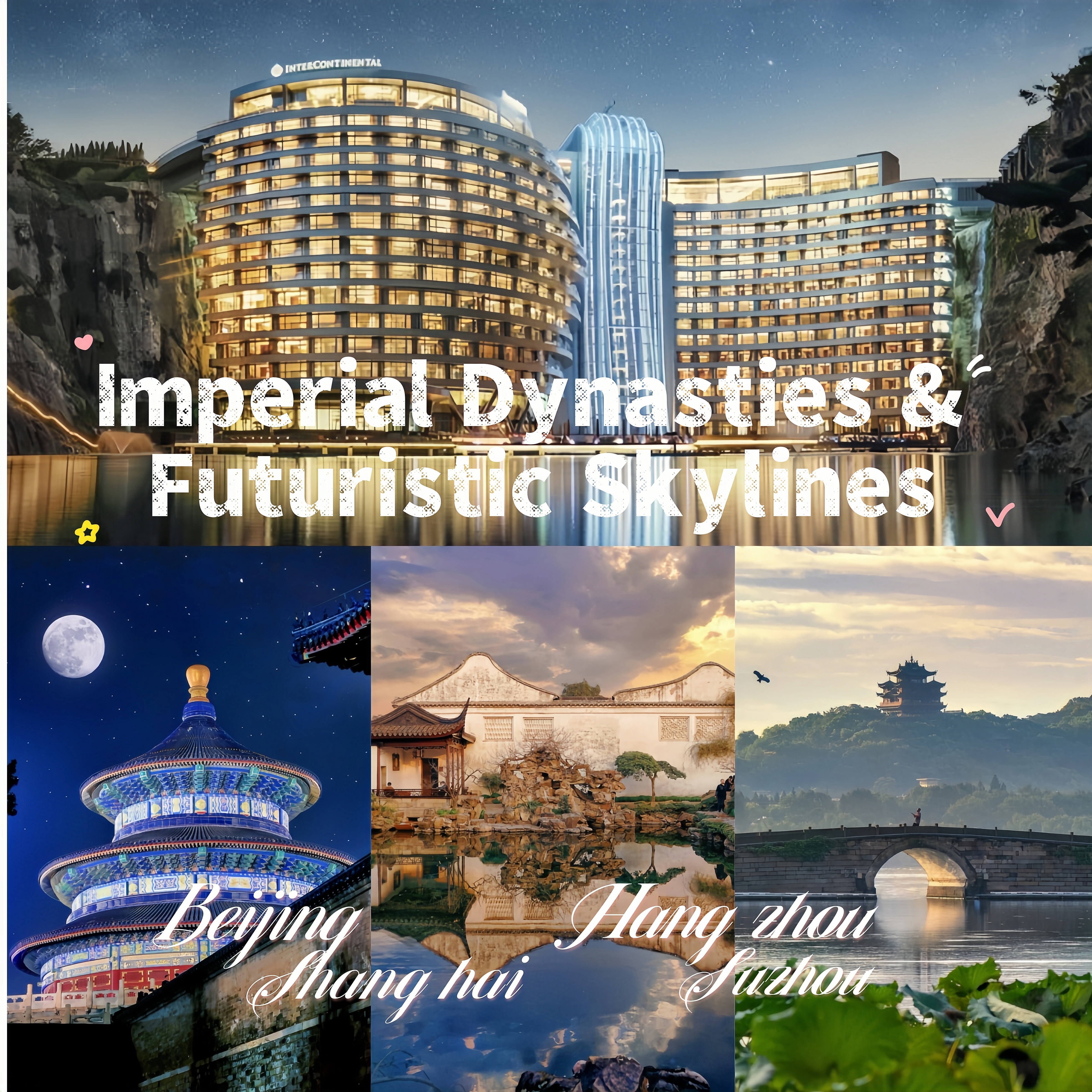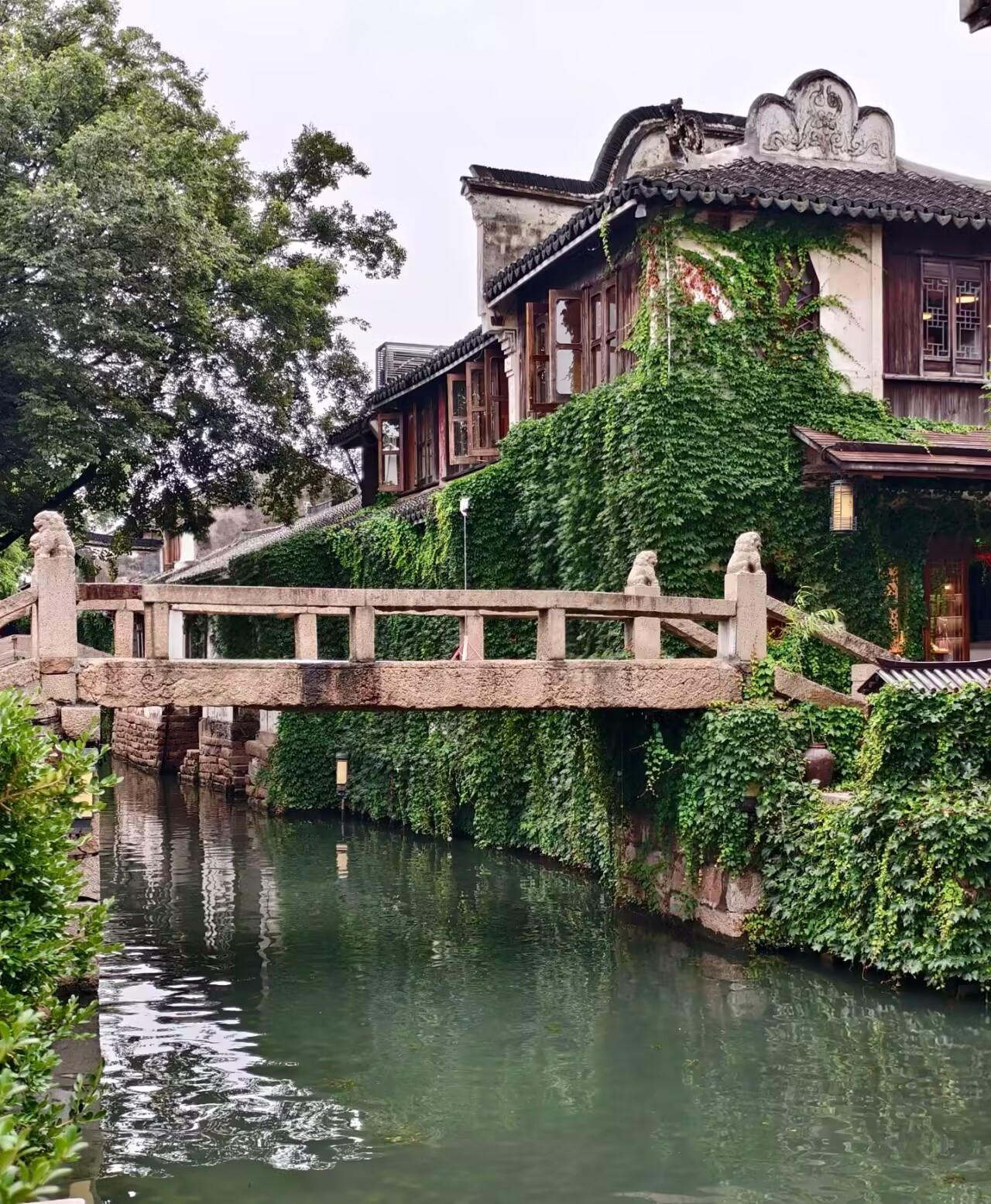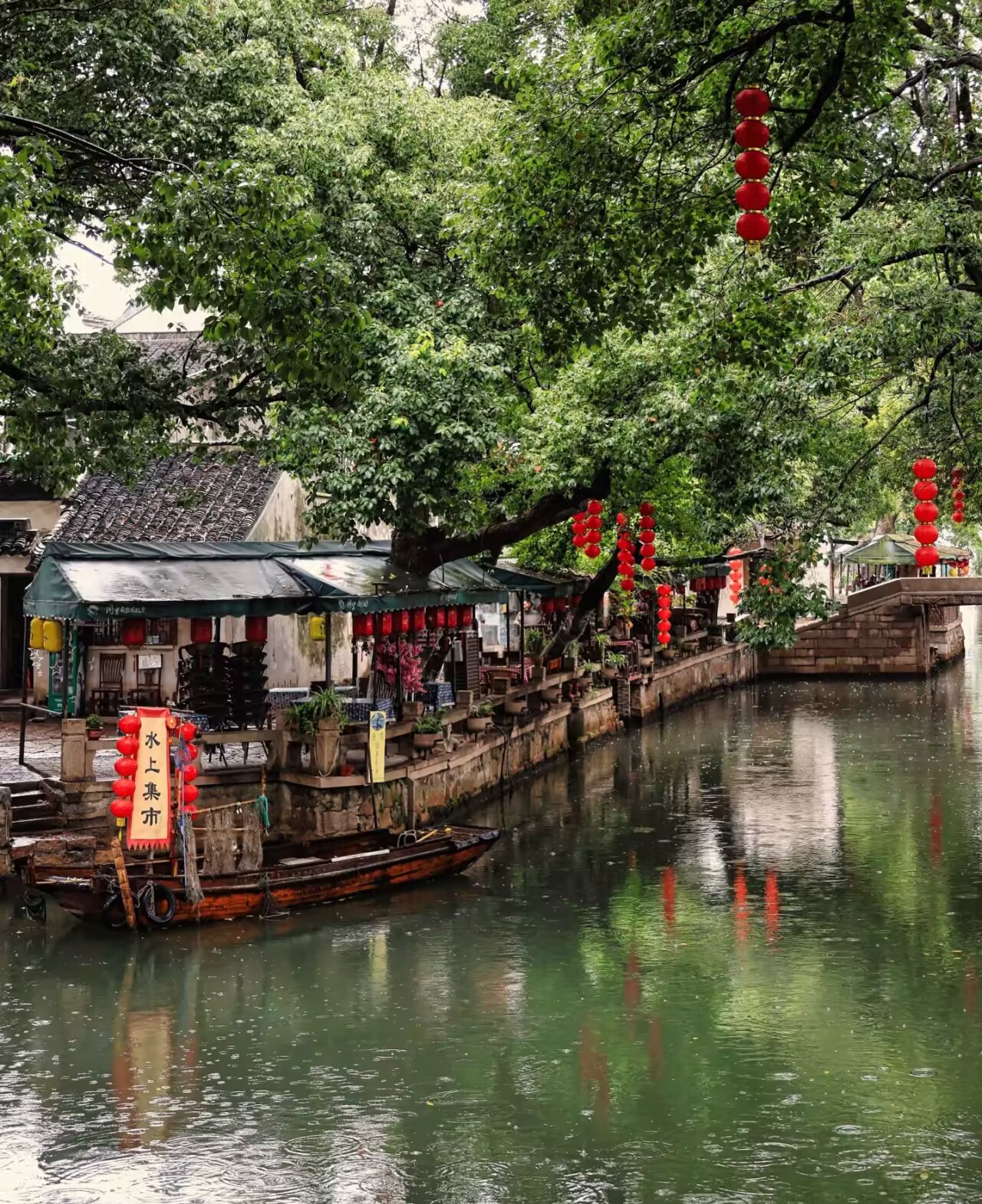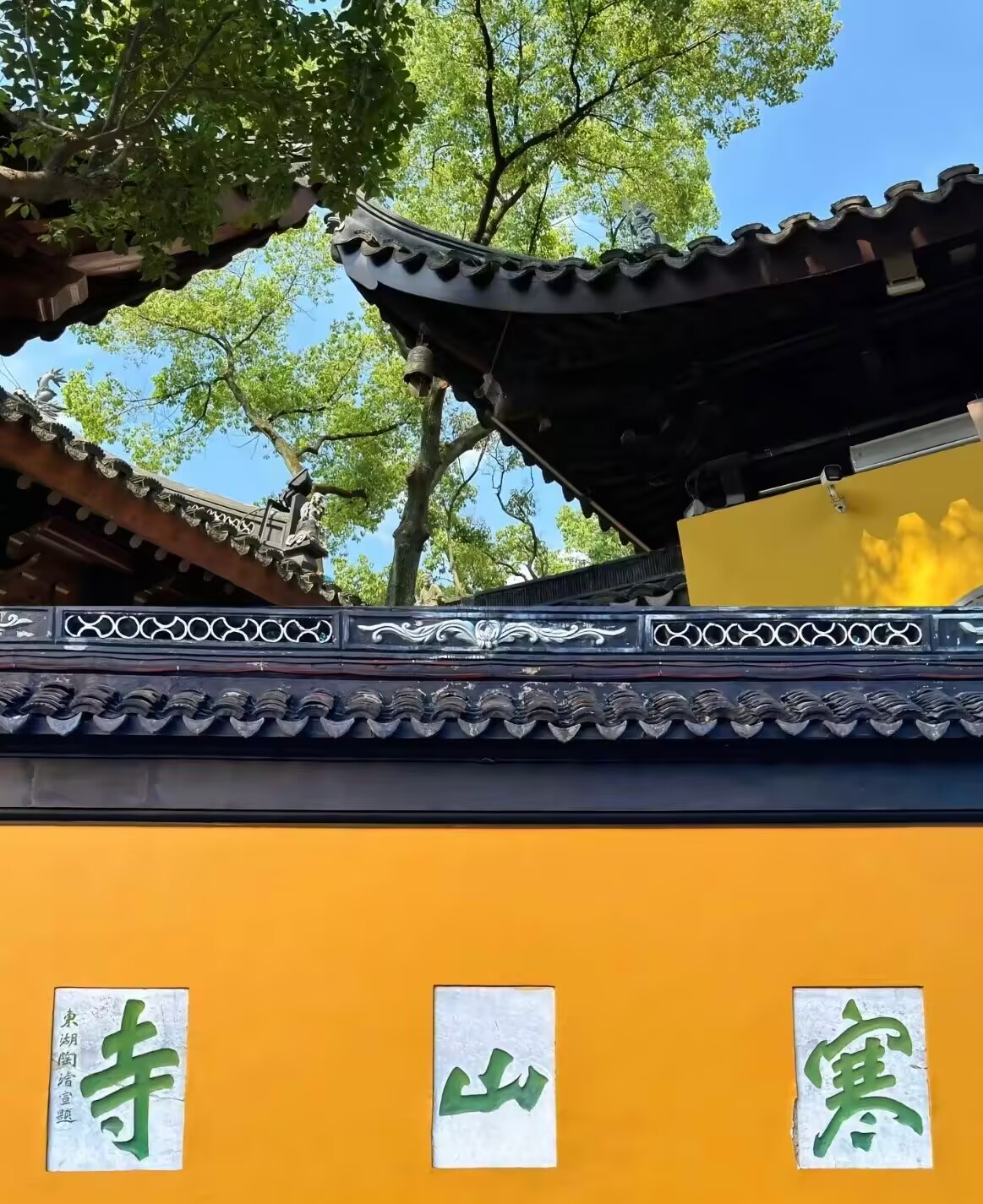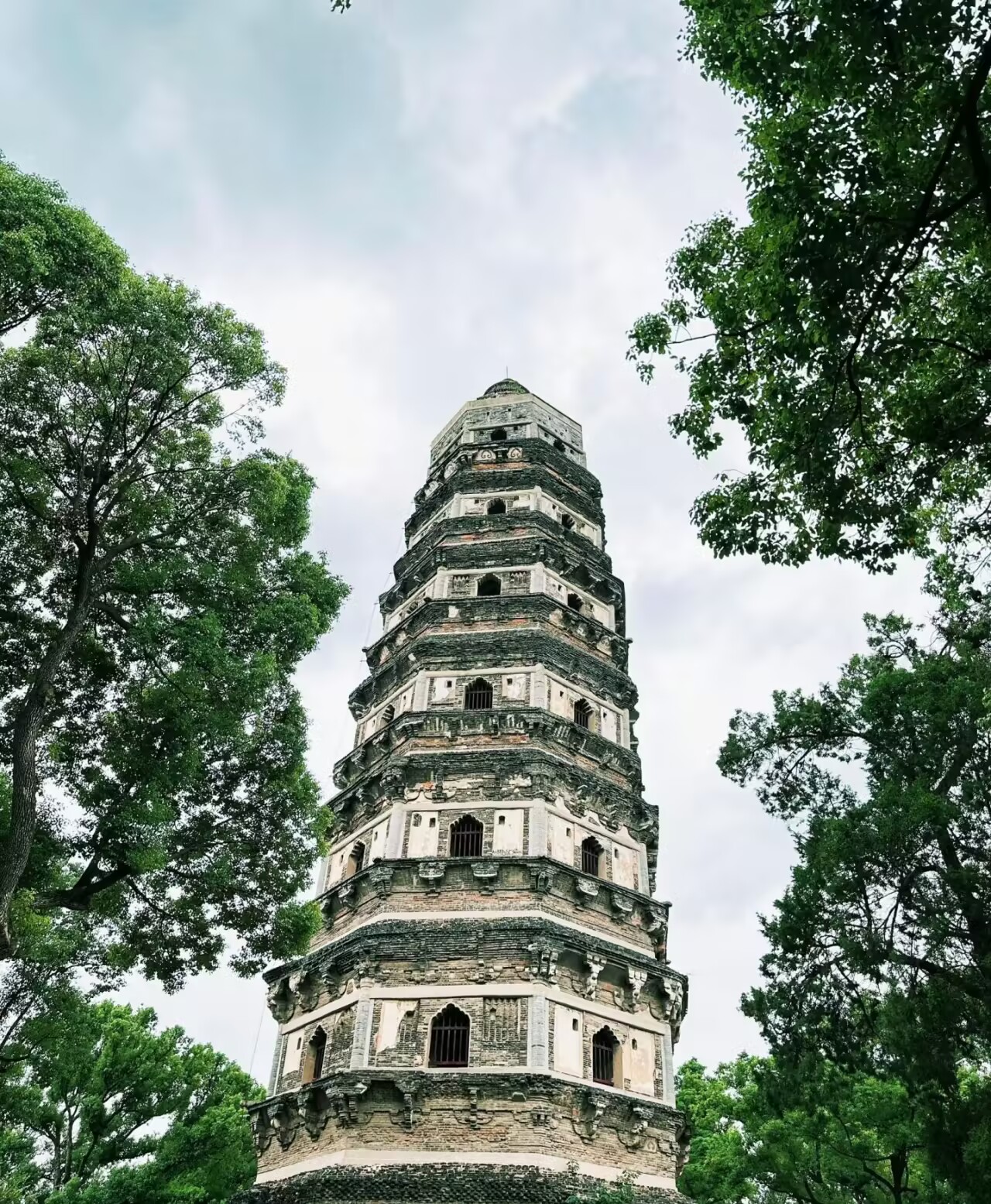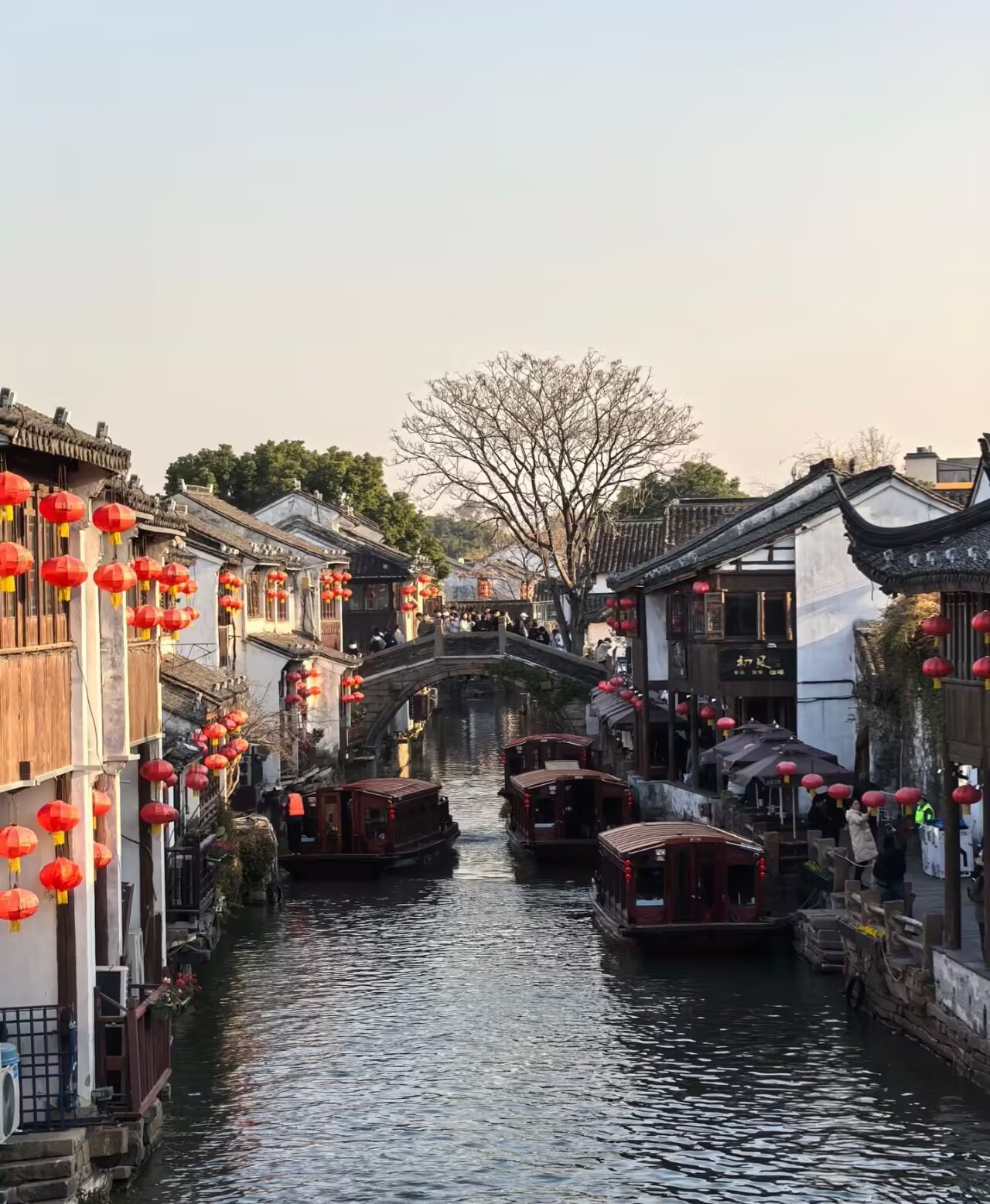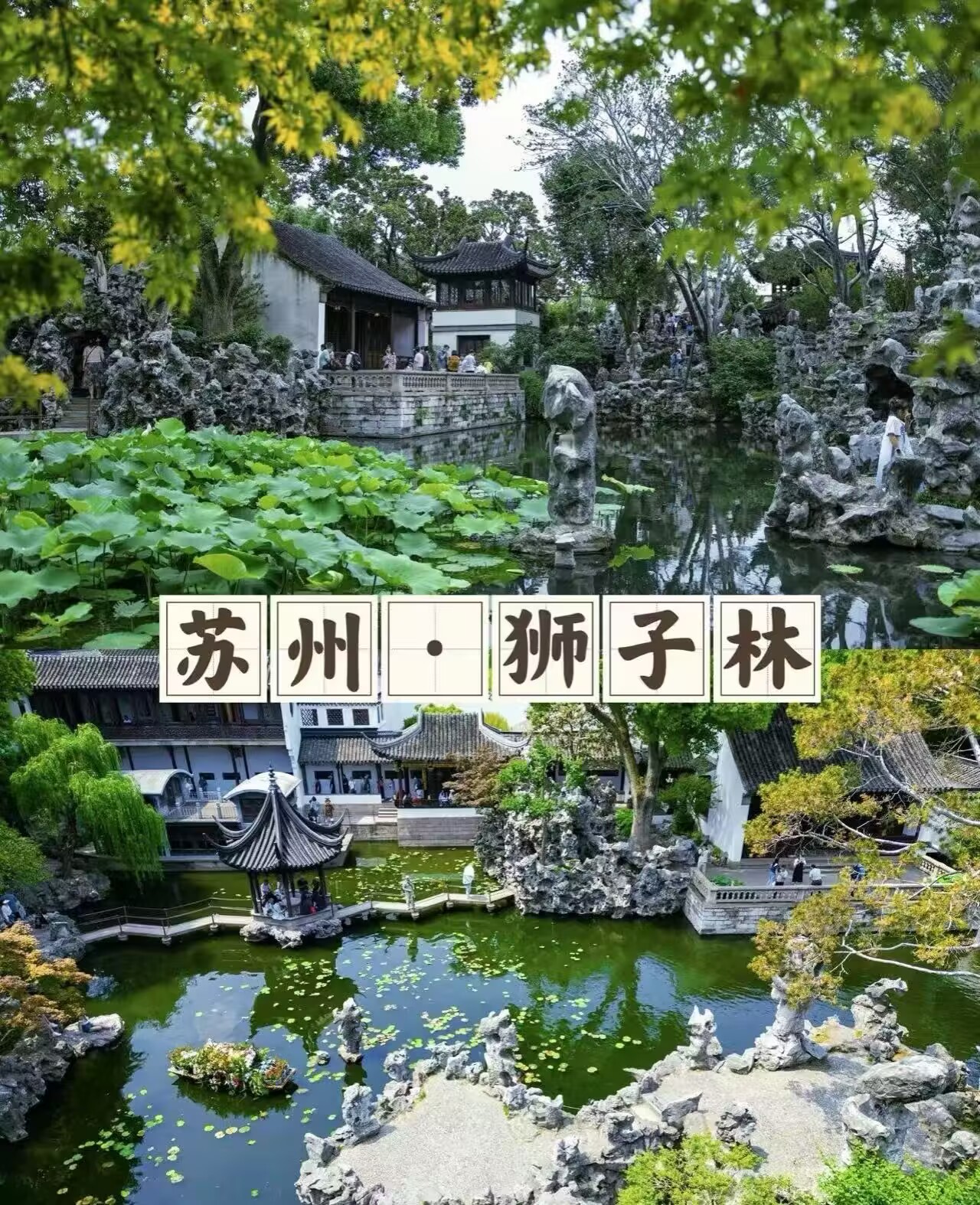

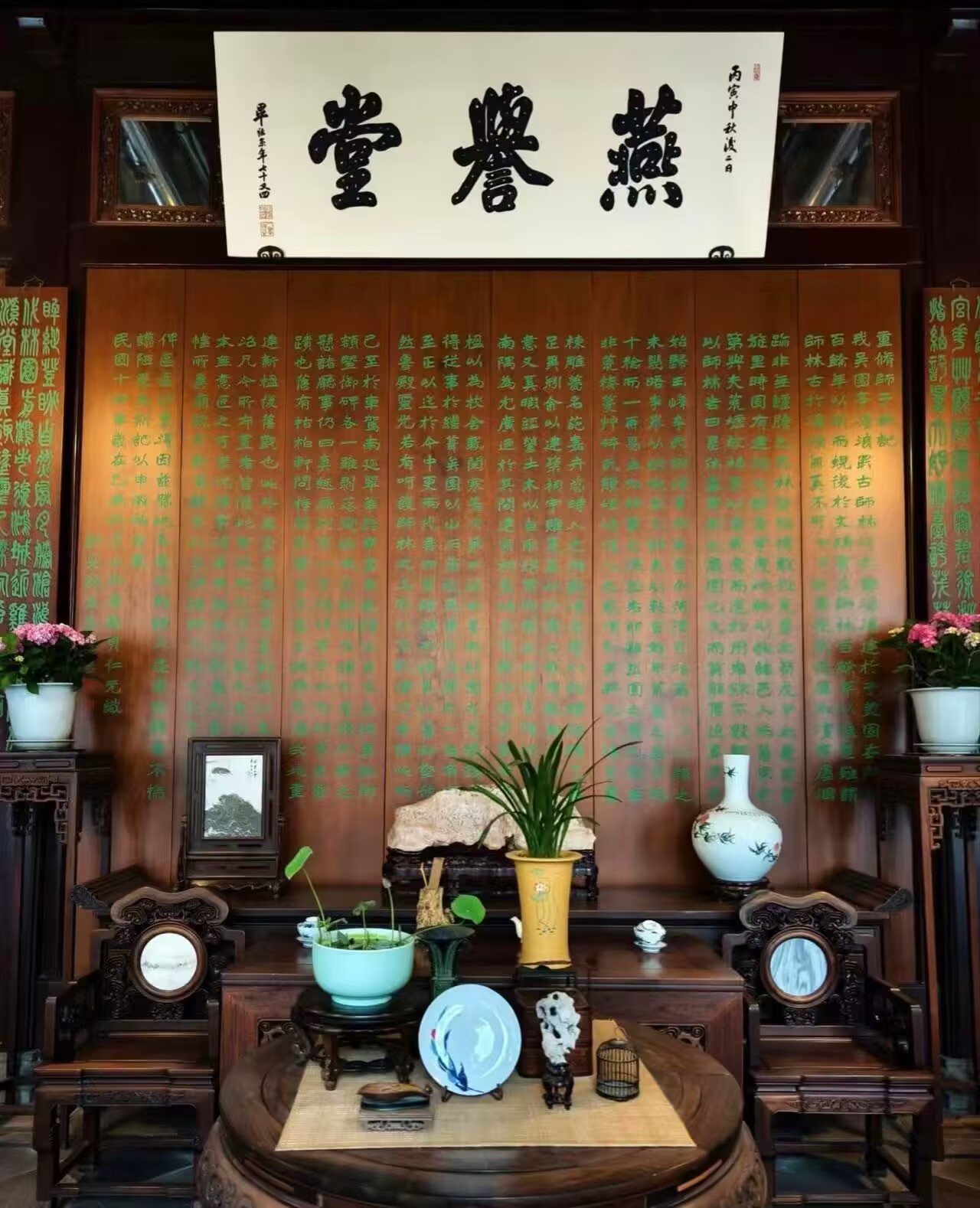
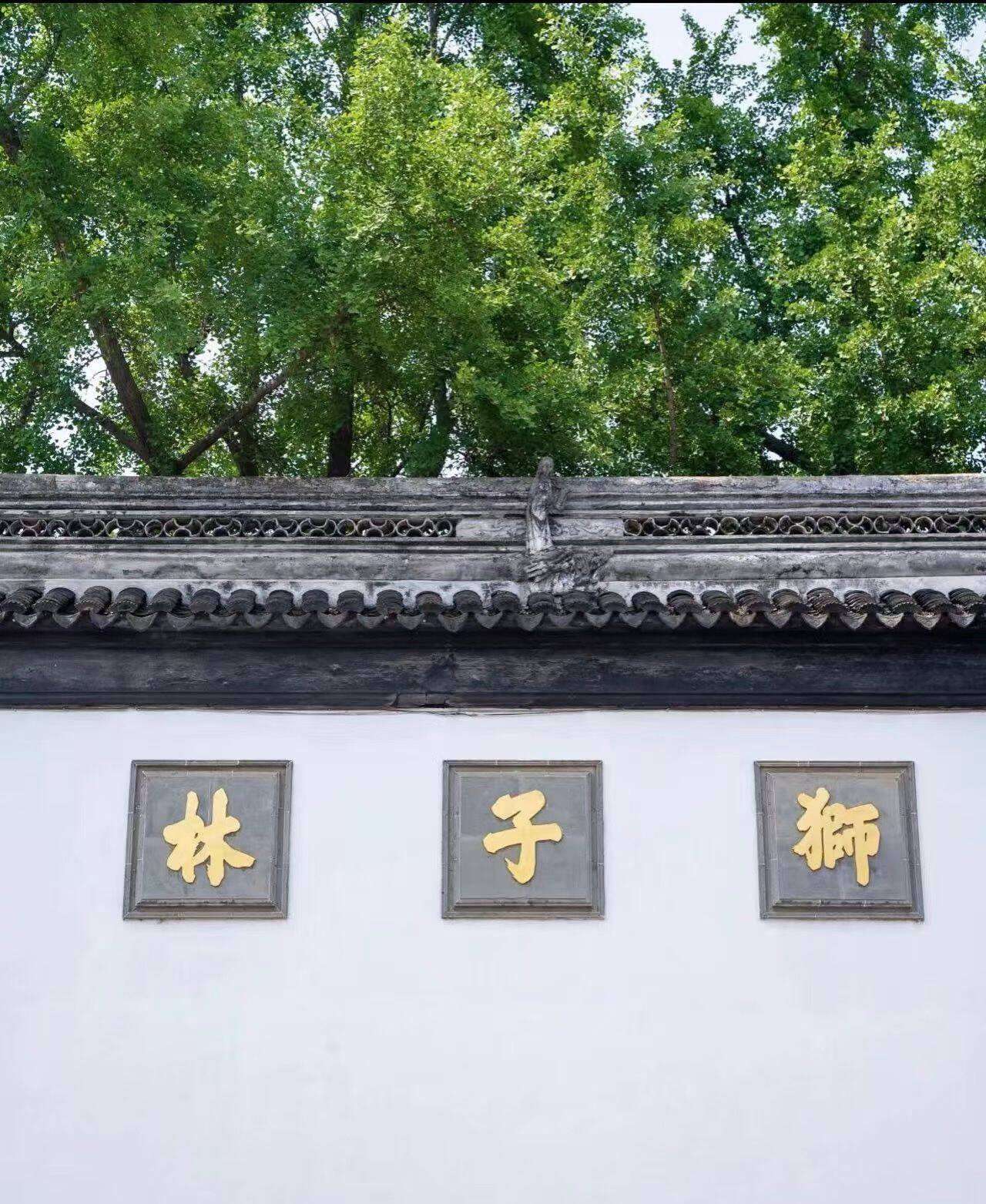
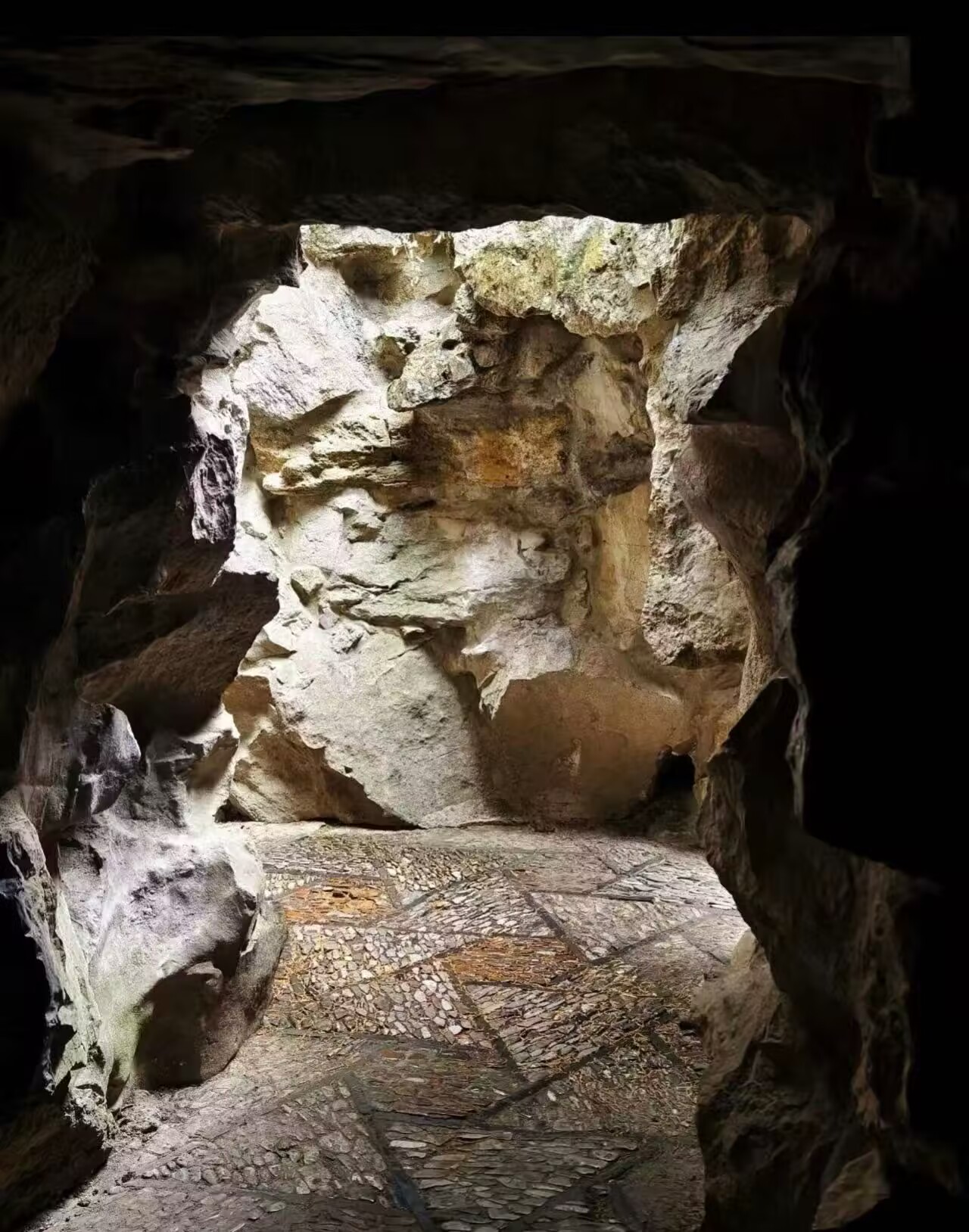

Lion Grove Garden
The Lion Grove Garden, one of the Four Great Gardens of Suzhou, is a UNESCO World Heritage Site celebrated for its labyrinthine Taihu stone rockeries, which resemble lions in various poses. Established in 1342 during the Yuan Dynasty, it was originally a Buddhist temple garden designed by disciples of Zen master Tianru to honor his teacher. The garden’s layout centers around a central pond, with pavilions, bridges, and bamboo groves harmoniously integrated into the landscape. Notably, the garden was renovated by the Beiyuan Family (ancestors of architect I.M. Pei) in 1917, adding ancestral halls and residential elements while preserving its Zen-inspired aesthetics. Its rock formations, praised by Emperor Qianlong of the Qing Dynasty, inspired replicas in the Summer Palace and Chengde Mountain Resort
Information
Ticket price
Time
Location
23 Yuanlin Rd, Gusu District, Suzhou, Jiangsu, China
View maps
More about the trip
Lion Grove Garden: A Labyrinth of Rockeries and Zen Philosophy
The Lion Grove Garden, one of the Four Great Gardens of Suzhou, is a UNESCO World Heritage Site celebrated for its labyrinthine Taihu stone rockeries, which resemble lions in various poses. Established in 1342 during the Yuan Dynasty, it was originally a Buddhist temple garden designed by disciples of Zen master Tianru to honor his teacher. The garden’s layout centers around a central pond, with pavilions, bridges, and bamboo groves harmoniously integrated into the landscape. Notably, the garden was renovated by the Beiyuan Family (ancestors of architect I.M. Pei) in 1917, adding ancestral halls and residential elements while preserving its Zen-inspired aesthetics. Its rock formations, praised by Emperor Qianlong of the Qing Dynasty, inspired replicas in the Summer Palace and Chengde Mountain Resort.
What to See and Do
Explore the Rockery Maze: The most famous feature is the intricate and extensive rockery maze made of Taihu stones. It's designed to resemble a group of lions, and navigating through its winding paths, caves, and bridges is a fun and challenging experience.
Central Pond: The garden's layout centers around a beautiful central pond, with various pavilions and bridges offering different perspectives of the water and rockeries.
Pavilions and Corridors: Discover numerous pavilions, halls, and winding corridors, each with its own unique design and poetic name, offering places for rest and contemplation.
Zen Influence: Appreciate the Zen Buddhist influence in the garden's design, which aims to create a harmonious and contemplative environment.
Photography: The unique rockeries, traditional architecture, and serene water features provide endless opportunities for stunning photographs.
Historical Significance: Learn about the garden's long history, its connection to Zen Buddhism, and its influence on other imperial gardens.
Best Time to Visit
Spring (March-May) and autumn (September-November) offer the most pleasant weather and beautiful plant displays. The garden is beautiful year-round. Weekdays are generally less crowded than weekends and public holidays. Arrive early to avoid the largest crowds, especially for the rockery maze.
How to Get There
Lion Grove Garden is located in Gusu District, Suzhou. Take Metro Line 4 to Beisi Pagoda Station (北寺塔站) and then walk for about 15-20 minutes, or take a short taxi ride. Several bus routes also stop near the garden.
Travel Tips
Wear comfortable shoes: You'll be doing a lot of walking and navigating the uneven paths of the rockery.
Allow ample time: Plan for at least 1.5 to 2 hours to explore the garden thoroughly, especially if you enjoy getting lost in the maze.
Hire a guide or use an audio guide: To fully appreciate the poetic names and design philosophy of the garden, a guide can be very helpful.
Combine with Suzhou Museum: The garden is relatively close to Suzhou Museum and Humble Administrator's Garden, making it easy to visit them together.

